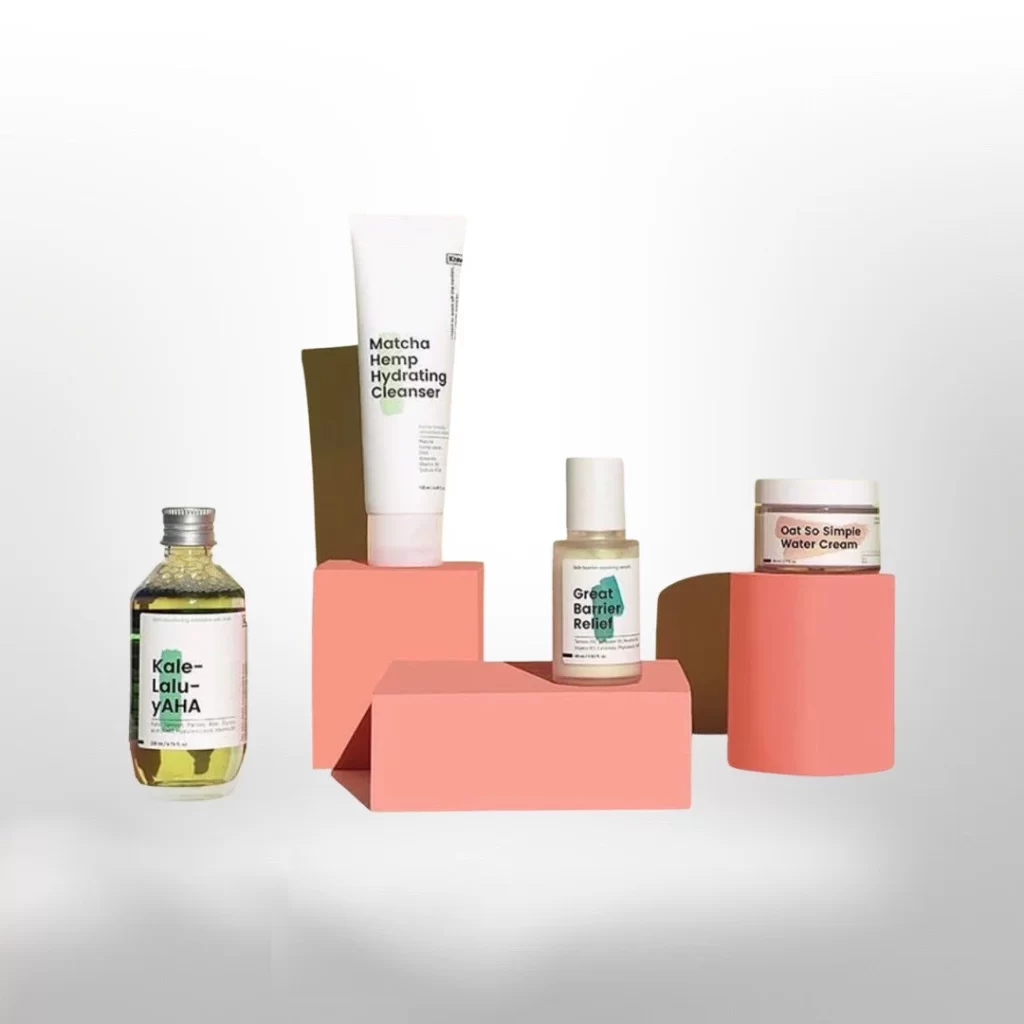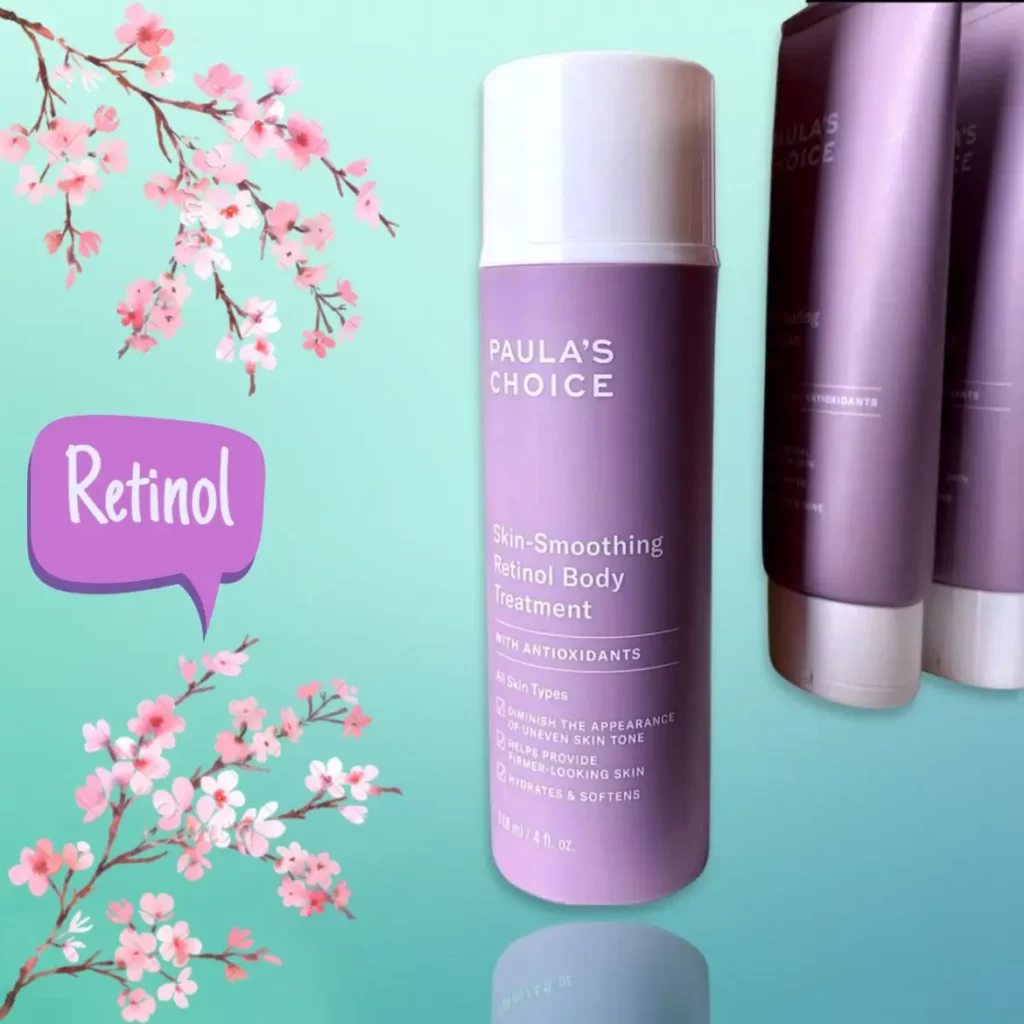The barrier is the outer layer of our skin; it is the boundary of our body between us and the world when that boundary is overly permeable, it cannot keep important things inside the barrier that our skin needs (such as moisture), and it cannot keep problematic things outside the barrier (such as irritants, allergens, and bacteria).
Our skin barrier is a watertight seal around the keratinocytes(skin cells) in the upper levels of the epidermis. It prevents evaporation of water from the surface of the skin known as transepidermal water loss (TEWL).
Once the skin barrier is damaged, a cycle begins. Lack of protection leads to the invasion of substances that cause inflammation; inflammation leads to itching and further breakdown of the protective barrier. As a result, the skin cannot hold on to water which results in dehydration. Dehydration then triggers further inflammation, itching, and dryness.
It looks like a brick wall, with each brick (or cell) held in place by cement (fats called lipids). Harmful ingredients, cold and dry weather can wear down these fats, eroding the cement so that the “bricks” are not secured in their proper place. A variety of outside agents, including detergents, acetone, chlorine, and other chemicals, and even prolonged water immersion can harm the skin barrier, or the barrier may be deficient for genetic reasons.
Skin barrier components
Our skin is composed of fatty acids. The main components of our skin barrier are ceramides, fatty acids, and cholesterol, all different kinds of fat molecules/lipids. This lipid mixture is composed of 50% ceramides, about 25% cholesterol, and about 15% fatty acids.
These must be present in the right proportion to keep the skin watertight. An impaired barrier will tend toward both dryness and sensitivity. Dryness results when skin moisture evaporates. Sensitivity results when a deficient barrier permits the entry of outside irritants.
Anything that disrupts any of these three types of fats either internally or externally can therefore undermine the structure of the skin barrier. Taking drugs that lower cholesterol levels worsen dry skin. Detergents, like sodium lauryl sulphate, strip fatty acids, leading to dry skin and irritation, research reveals. Sun exposure inhibits enzymes that help to make ceramides, resulting in dry skin.
Many skincare products contain one or more of the key fats needed for skin repair, the best products contain all three in the right ratio.
Many studies have considered the effect of topically applying these important skin barrier lipids to improve barrier function and, thus, skin hydration. These investigations have demonstrated that the exogenously applied lipids must be in the proper ratio to form the correct three-dimensional structure of the skin barrier.
When the correct ratios of ceramides, fatty acids, and cholesterol were used, the barrier recovered. Application of a mixture of cholesterol, ceramides, and the essential/nonessential free fatty acids palmitate and linoleate in an equimolar ratio allows normal barrier recovery, whereas a 3:1:1:1 ratio of these four ingredients accelerates skin barrier recovery.
Today, the goal of the best barrier repair moisturisers is to provide these vital components in a 3:1:1:1 ratio.
dry and sensitive skin due to an impaired barrier
An impaired barrier will tend toward both dryness and sensitivity. Dryness results when skin moisture evaporates. Sensitivity results when a deficient barrier permits the entry of outside irritants.
The cells that maintain the integrity of the skin have broken down as a result of different causes—including allergies, sensitising products and ingredients, and environmental conditions, like dry and cold weather. As a result, the barrier doesn’t keep water in, so the skin lacks the hydration it needs.
On the other hand, it also doesn’t keep allergenic ingredients out. When these ingredients invade, they trigger inflammation.
What causes skin barrier damage?
A whole host of factors can initiate or worsen the barrier breakdown. Preservatives, perfumes, detergents, acetone, friction, ultraviolet exposure, prolonged or frequent water immersion, cholesterol-lowering drugs, low-fat diets, and genetic predisposition (e.g., disorders of filaggrin), and other chemicals in skincare products can cause inflammation and damage cells.
Ingredients in shampoos, conditioners, hair dyes, shaving products, toners, and soaps can be a problem. Dry-cleaning fluids, chemicals in building materials, carpets, furniture finishes, and industrial and auto pollutants can potentially cause problems in individuals who are allergic.
How to repair damaged skin barrier?
Barrier disruption is caused when alterations occur in the ceramides, cholesterol, and fatty acids. Many studies have considered the effect of topically applying these important skin barrier lipids to improve skin barrier function and, thus, skin hydration.
To heal the skin barrier and make it stronger and able to retain moisture so that it becomes less dry and keep out the allergens and irritants so that our skin becomes less sensitive we need to use products that deliver barrier repair ingredients and consume key dietary nutrients, such as essential fatty acids and cholesterol. Nutrient deficiencies can weaken our skin’s ability to repair and rebuild, which is why people who take cholesterol-lowering drugs often have dry skin.



